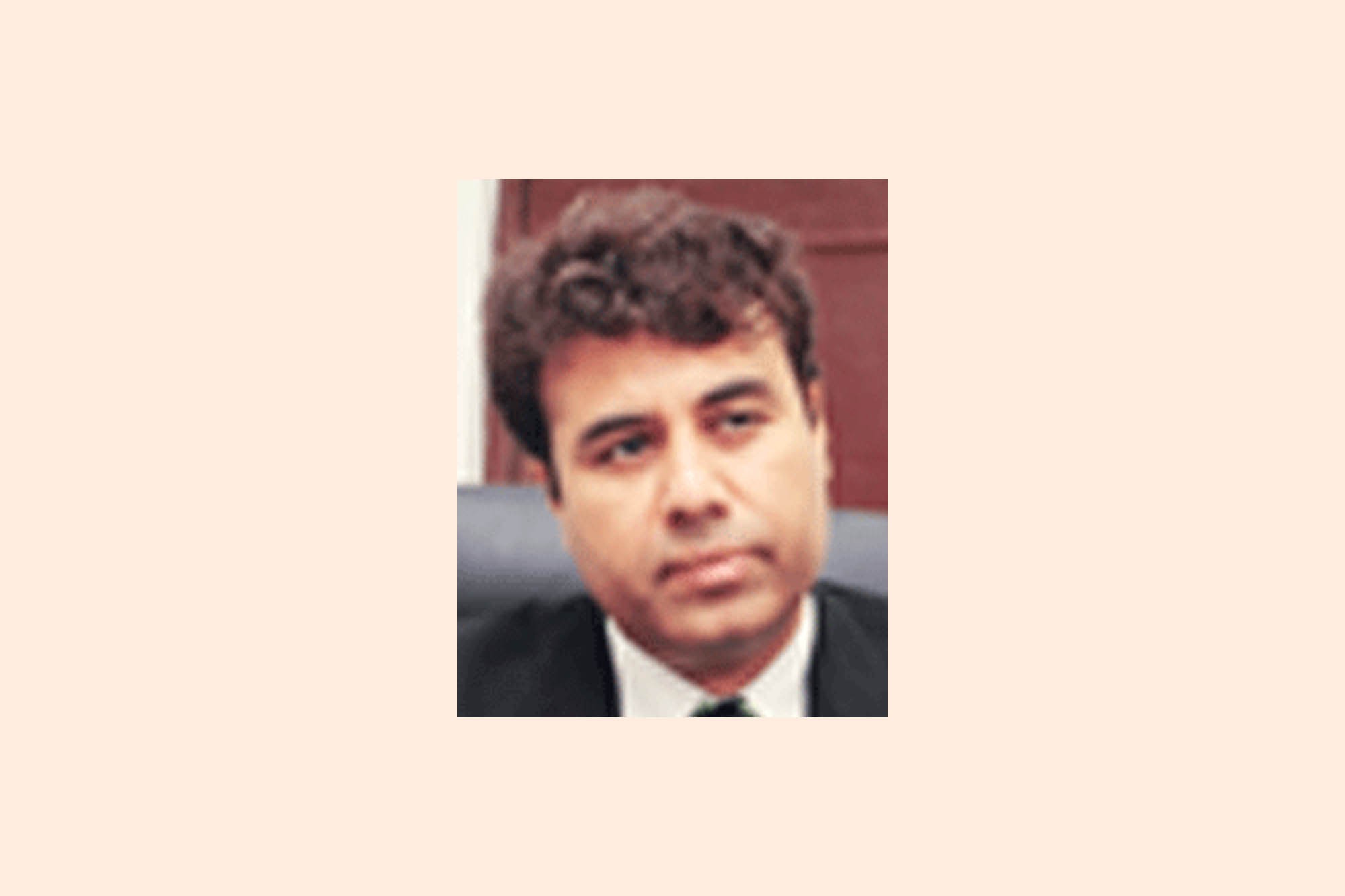Technology to reduce t&d loss
By EPR Magazine Editorial October 18, 2012 4:06 pm IST
By EPR Magazine Editorial October 18, 2012 4:06 pm IST

Technology to reduce t&d loss
India is the quick mounting electricity market in the world, with demand expected to amplify by around 500 per cent over the next four decades. The Indian power sector faces major challenges in trying to meet the continuously expanding demand-supply gap. The most important factor is that India’s electricity sector has the highest transmission and distribution losses in the world. In recent years, around one-third of electricity generation has been lost during the transmission and distribution phase.
Very less point of transmission and distribution losses, system reliability, redundancy of protection and communications are the essential factors for a power system. It is indeed alarming to know the level of losses in Indian electricity field. Conservation strategies like enhancing the electricity consumption efficiency, tariff based on principle of marginality for electricity consumption particularly for the agriculture sector could be undertaken without affecting the high growth that the country is currently experiencing and is expected to experience in future. Also in case of India, by reducing transmission and distribution losses, more electricity from the existing installed capacity could be brought into the grid. By adopting different energy conservation measures through efficient management, energy related pollution and emissions can be limited and more energy made available for economic productivity.
Upgrading out-of-date transmission and distribution systems coupled with the need to reduce electricity losses and theft is driving the deployment of smart grid technologies in India. The real challenge in the power sector in India lies in managing the up-grading of the transmission, distribution and metering efficiently. In response to these challenges, India will look to foreign technology suppliers for the following:
Advanced metering to reduce AT&C (Aggregate Technical and Commercial) losses that are currently at high levelsAutomation to measure and control the flow of power to/from consumers on a near real-time basis and improve the system reliabilityMoving to a smart grid to manage loads, congestion, and supply shortages in an intelligent manner.
Electrical power generated in power stations reaches the end-users through large and complex networks. The power system networks comprise transformers, overhead lines, cables and other equipment to facilitate the transfer of electricity to consumers. Hard fact about the supply of electric energy is that the units generated do not match with the units distributed to the consumers. Some percentage of the units is always lost in the network. This difference in the generated and distributed units is known as energy loss.
Losses can be divided into two main categories – technical and commercial losses. The technical losses are due to energy dissipated in the conductors and equipment used for transmission, transformation, sub-transmission and distribution of power. Corona, leakage, dielectric losses, open-circuit losses, losses caused by continuous load of measuring elements, losses caused by continuous load of measuring elements are the main permanent technical losses. Main variable technical losses are joule losses in lines in each voltage level, impedance losses, losses caused by contact resistance, joule losses in protection components.
To minimise technical losses there are two directions. One is, with investments on 110 V, 230 V, 6 kV, 22 kV lines. This includes PF correction (compensation), replacement of current lines to higher diameter lines; replacement of old damaged lines to new ones. The use of better materials in electrical equipment will definitely enhance power efficiency. Without investment methods include advisable distribution of reactive power, advisable load of lines, decrease peak power etc.
Inadequate size of conductors causes large resistance and therefore high I2R losses in the lines. The conductor size of feeders should be adequate. The size of the conductors should be selected on the basis of KVA X KM capacity of standard conductor for required voltage regulation. Often distribution transformers are not located at load centre on the secondary distribution system. This leads to higher line losses. In order to reduce the voltage drop in the line to the farthest area, the distribution transformer should be located at the load centre to keep voltage drop within permissible limits.
We use cookies to personalize your experience. By continuing to visit this website you agree to our Terms & Conditions, Privacy Policy and Cookie Policy.